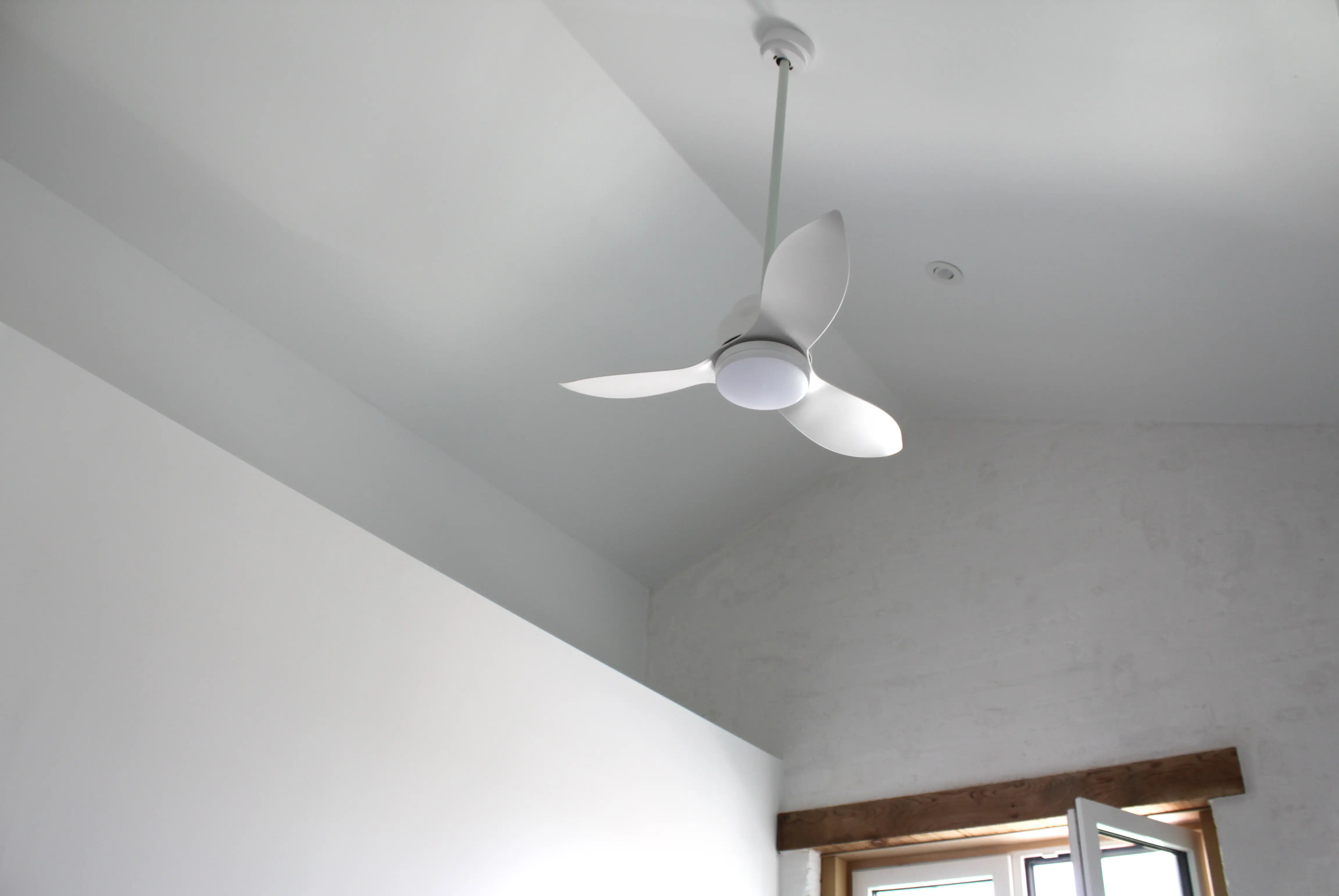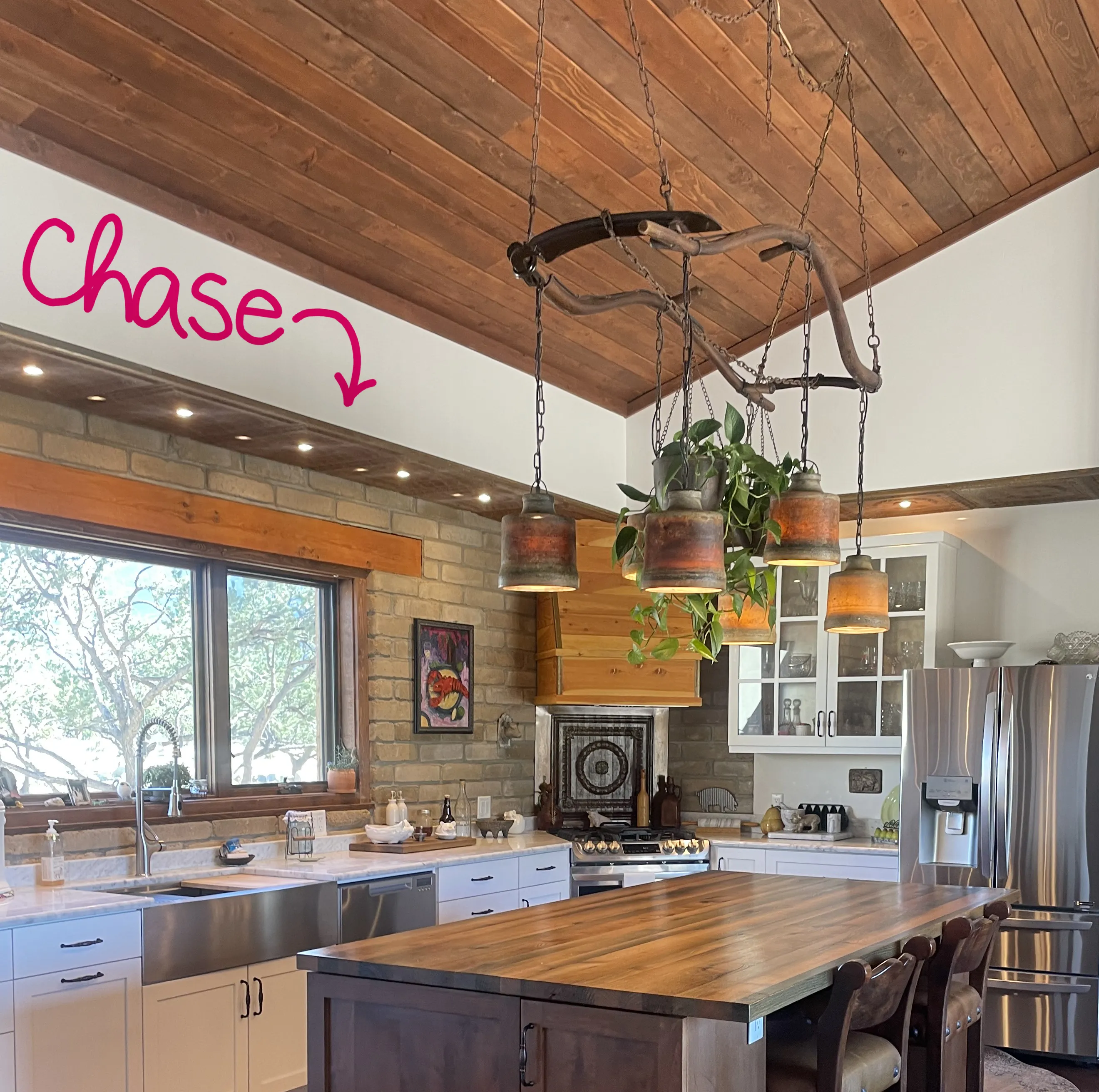Energy Efficient Heating and Cooling for Earth Block Homes
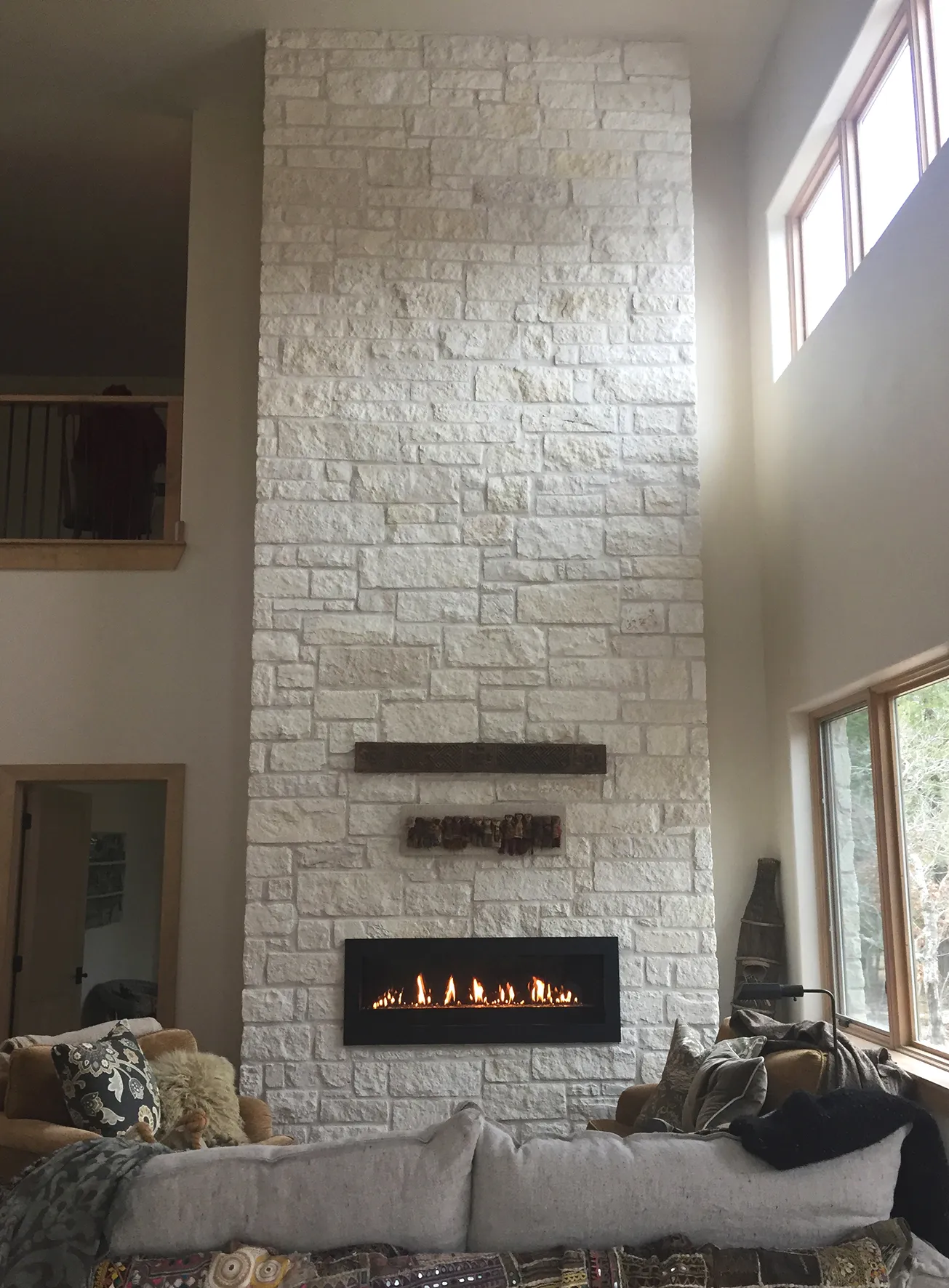 Energy Efficient Heating and Cooling systems help your home stay comfortable through every season.
Energy Efficient Heating and Cooling systems help your home stay comfortable through every season.Heating and cooling a home built from earth blocks requires a thoughtful approach. Unlike conventional buildings, thermal mass homes store heat and release it gradually, which means traditional mechanical systems may not always perform as expected. The key to energy efficient heating and cooling in a thermal mass home lies in selecting systems that work with the natural properties of the walls rather than against them.
Whether you live in a hot climate, a cold region, or somewhere in between, aligning your mechanical system with the thermal mass behavior of your building materials can help you stay comfortable year-round while using less energy.
Understanding Thermal Mass and Mechanical Systems
Thermal mass refers to the ability of materials to absorb, store, and slowly release heat. Compressed earth block (CEB) walls have high thermal mass, which means they respond more slowly to changes in temperature compared to lightweight construction. This quality can be an advantage in both hot and cold climates, as it helps stabilize indoor temperatures and reduce reliance on mechanical systems.
However, to get the most out of a thermal mass wall system, you need heating and cooling methods that deliver consistent, gentle output over longer periods. Systems that cycle on and off quickly may heat the air but not give the walls time to absorb that heat. As a result, the interior may feel uneven, and energy efficiency can suffer.
The best-performing systems in CEB homes typically run at lower intensities for longer lengths of time. They support the slow heat absorption and release cycle of mass walls and help maintain comfort without constant intervention.
Climate-Specific Strategies
Cold Climates: Supporting Steady, Even Heat
In colder regions, the goal is to introduce heat slowly and consistently so the mass walls can absorb it during the day and release it at night. Systems like radiant floor heating or masonry heaters work well because they provide low-intensity heat over long periods. If using a heat pump, look for models designed for cold climates and avoid systems that deliver sudden bursts of hot air.
While you still need a reliable heat source in cold climates, thermal mass helps extend the effect of each heating cycle. Once the walls are warmed, they act like a thermal battery, releasing stored heat passively so your heater does not have to run as often.
Hot Climates: Preventing Overheating and Promoting Passive Cooling
In hot climates, the goal is to keep out solar heat and remove stored heat through night ventilation or mechanical cooling. Careful shading, window placement, and exterior insulation are critical design strategies for keeping a thermal mass home cool during peak summer months.
Ductless mini splits or radiant cooling systems are more compatible with thermal mass than central ducted air conditioning units that cycle frequently. Ceiling fans, whole-house fans, and energy recovery ventilators (ERVs) work with thermal mass by flushing out warm air and reducing the need for mechanical cooling.
Energy Efficient Heating and Cooling Systems that Work Well with Thermal Mass
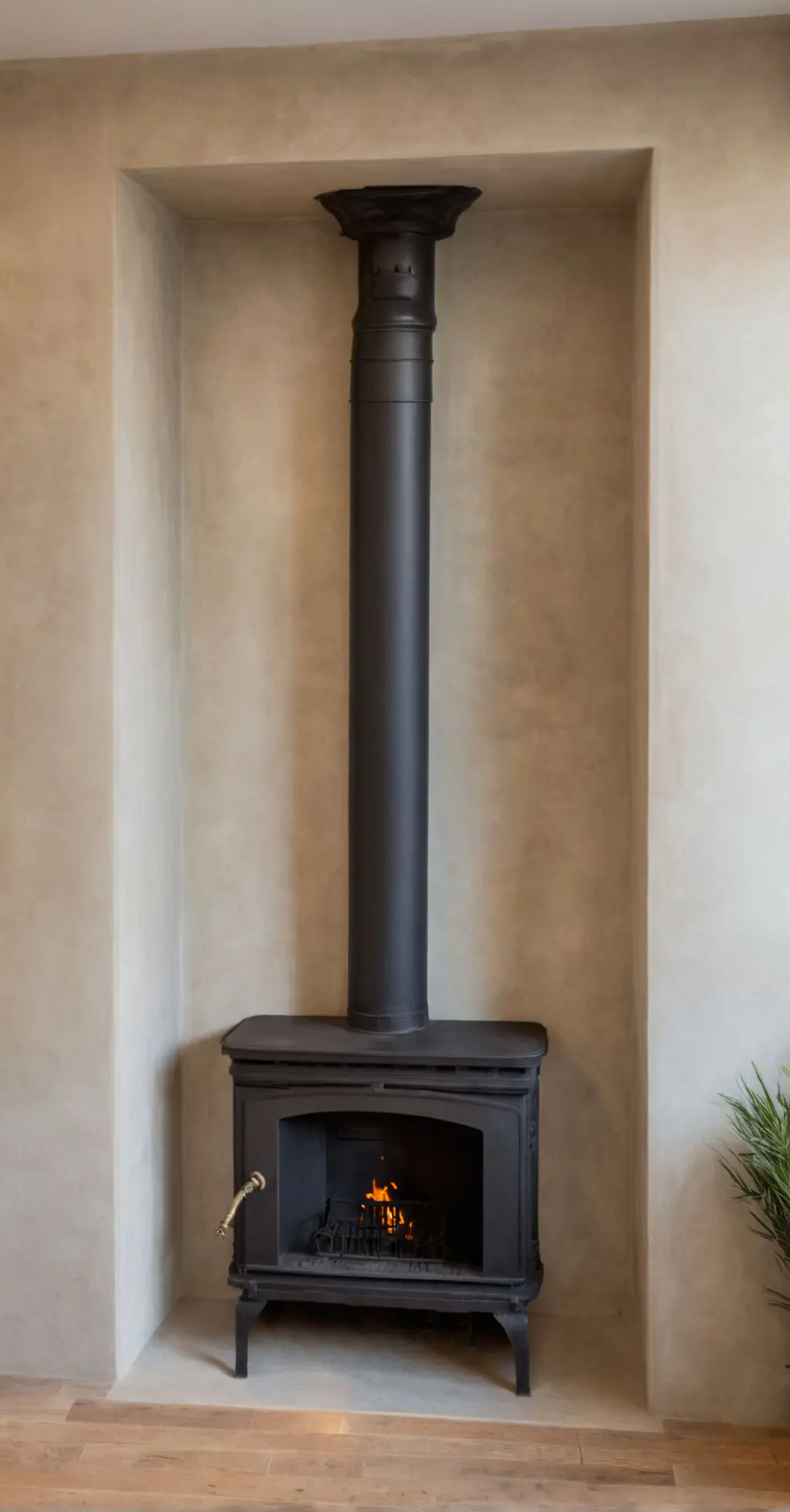 Conceptual Rendering: Fireplace Niche
Conceptual Rendering: Fireplace NicheRadiant Heating and Cooling
Radiant systems warm or cool surfaces like floors or walls, delivering slow, even temperature changes that align perfectly with the gradual thermal behavior of earth block walls. Radiant floors are especially effective in cold climates, providing quiet, energy-efficient warmth that mass walls can absorb and release gradually. In warm climates, radiant systems can be less effective, since mass walls may act like a preheated skillet and keep releasing heat even after the air outside has already warmed up. Unlike radiant heating, which works well in most climates, radiant cooling is most effective in dry climates and requires careful design to avoid condensation.
- Hydronic radiant systems circulate heated or cooled water through tubing embedded in floors or walls.
- Electric radiant systems use resistance cables or mats under the floor surface. They are easier to install and heat up quickly. However, they are less energy-efficient than hydronic systems over large areas and better suited for small zones or supplemental heating, due to higher operating costs.
Heat Pumps
Heat pumps are one of the most energy efficient heating and cooling mechanical systems available today. They work by moving heat rather than generating it, making them an ideal fit for all-electric, energy-conscious homes.
There are several types of heat pumps, each with different advantages depending on your climate and layout:
Air-Source Heat Pumps: These are the most common and transfer heat between indoor air and outdoor air.
- Ductless mini-splits are among the best options for thermal mass homes. They operate quietly, adjust output automatically, and can run continuously at low speeds. This allows the walls to gradually absorb or release heat, supporting a stable indoor environment without sudden swings. Zoning capabilities also make them well-suited for partial occupancy or multi-room control.
- Central ducted air-source heat pumps are less compatible with thermal mass walls unless designed with variable-speed operation, proper zoning, and low-velocity distribution. Without these design considerations, they can over-condition the air before the walls have time to respond, reducing both comfort and efficiency.
Ground-Source (Geothermal) Heat Pumps: These systems pull heat from the relatively stable temperatures underground. They are highly efficient in both hot and cold climates and pair well with radiant floors or low-speed air handlers. Though the installation is more complex and expensive, the long-term energy savings and compatibility with thermal mass make geothermal a strong choice for high-performance homes.
Water-Source Heat Pumps: These systems exchange heat with a nearby water source, such as a well or pond. They perform similarly to geothermal systems and are best suited to sites where a consistent water source is available. Like ground-source systems, they work best with radiant or low-intensity delivery methods.
Dual-Fuel or Hybrid Heat Pumps: These combine a heat pump with a secondary heat source, usually a gas furnace or electric resistance backup. They can be useful in very cold climates, but the secondary system must be carefully sized to avoid short, high-intensity heating cycles that bypass the benefits of thermal mass.
Fireplaces, Stoves and Supplemental Heat
- Wood-Burning Fireplaces and Stoves: Traditional wood stoves and fireplaces provide intense radiant heat, which compressed earth block walls absorb and release gradually. EPA-certified wood stoves and masonry heaters are especially compatible with thermal mass construction, often requiring only one firing per day in cold climates.
- Rocket Mass Heaters: These high-efficiency systems use minimal wood, burn cleanly, and store heat in a built-in thermal mass, typically a bench or cob platform, which radiates gentle warmth for hours.
- Pellet Stoves: Pellet stoves offer reliable, steady heat and are well-suited for earth block homes in areas where pellet or biomass fuel is readily available.
- Gas or Electric Fireplaces: Though they produce less radiant heat, gas and electric fireplaces can be convenient supplemental options, especially in mild climates or shoulder seasons.
- Note on Backup Heating: Because most fireplaces and stoves lack thermostatic control, they typically don’t meet code requirements as the sole permanent heat source. For code compliance and consistent comfort it's best to pair them with a backup system such as a ductless mini split or radiant floor heating loop.
Cooling Strategies and Ventilation
Thermal mass can reduce the need for mechanical cooling in hot climates, but it must be supported by smart design and ventilation strategies.
- Ceiling Fans and Natural Ventilation: Ceiling fans help mix air and prevent stratification, especially in rooms with high or vaulted ceilings.
- Night Flushing: Cool air introduced through windows or ventilation systems helps remove stored heat and prepare the home for the next day, especially in areas with cool nighttime temps.
- Shading: Roof overhangs, awnings, trees, and exterior shading devices help block direct sunlight from hitting mass walls and windows, reducing heat gain during the day. Interior blinds and reflective window films can also help limit solar gain while allowing daylight in.
- Energy Recovery Ventilators (ERV): ERVs help maintain indoor air quality while retaining the energy used for heating or cooling. They work well with all systems, including mini splits, radiant floors, and wood stoves.
- Whole-House Dehumidifiers: In humid climates, a dedicated dehumidifier controls moisture without over-cooling the space. This helps protect thermal mass walls and finishes while allowing your cooling system to focus on temperature, improving overall efficiency.
Why do vaulted ceilings need ceiling fans?
- Air Stratification: Vaulted ceilings can be inefficient without fans because warm air collects high above and cooler air settles below making HVAC equipment work overtime.
- Air Circulation: A ceiling fan keeps the air circulating, pushing heat back down to the living zone in winter and generating a gentle breeze in summer so you can raise the thermostat a few degrees.
- Energy Efficiency: A well-placed ceiling fan keeps air moving, pushing warm air down during winter and drawing cooler air across your skin in summer. By smoothing out temperature differences, it lets your heating and cooling equipment run fewer, shorter cycles. That means lower energy use, smaller utility bills, and steady comfort in every season.
Can I use a conventional central HVAC system in an earth block home?
Can I use a conventional central HVAC system in an earth block home?
Centralized heating and cooling systems use a network of ducts to circulate conditioned air throughout the home. While you can use a central system in homes built with compressed earth blocks, they are typically less efficient with thermal mass unless intentionally designed to work with it. Without adjustments, forced-air systems may produce:
- Rapid temperature swings that do not give the walls time to absorb or release heat
- Short heating cycles that reduce the benefits of thermal mass
- Air stratification, where warm air rises and cool air settles, creating uneven comfort
If you are committed to a central HVAC system, the following strategies can help it work more effectively in a thermal mass home:
- Use a variable-speed (inverter-driven) heat pump to allow longer, low-output operation. This helps deliver steady conditioning instead of quick blasts of air.
- Install zoning controls to reduce short cycling and avoid over-conditioning small areas.
- Design the duct system for low velocity and even distribution, ideally with low wall or floor-level registers rather than ceiling vents.
- Pair the system with a smart thermostat programmed for long cycles and gradual temperature changes, rather than frequent on-off switching.
- Integrate with passive strategies such as ceiling fans and ERVs to reduce reliance on the central system and improve air mixing.
In general, mini splits or radiant systems are a better fit for homes with compressed earth block walls, but a well-designed central system can be made to perform acceptably if these strategies are followed.
How does a geothermal system compare to traditional HVAC systems in terms of cost, efficiency, and long-term maintenance for a residential home?
How does a geothermal system compare to traditional HVAC systems in terms of cost, efficiency, and long-term maintenance for a residential home?
Geothermal systems, or ground-source heat pumps, tap into the Earth’s steady underground temperatures to deliver energy efficient heating and cooling.
- Integration with Hydronic Radiant Systems: Geothermal
systems efficiently supply both heated and chilled water for hydronic
radiant floor heating and cooling.
- Synergy with Ductless Mini-Split Systems:
Geothermal systems pair well with ductless mini-splits for zoned heating and cooling, with the geothermal system managing the main load and mini-splits fine-tuning specific areas.
- Domestic Hot Water Systems: Many geothermal systems include a desuperheater, which captures excess heat to preheat domestic water, reducing the energy required for water heating.
- High Upfront Costs: The cost of installing a residential geothermal system can range from $15,000 to $40,000, significantly higher than conventional HVAC systems. The initial cost savings on utility bills may take 5-15 years to offset the upfront investment, depending on energy prices and system efficiency.
What's the difference between an ERV and an HRV?
What's the difference between an ERV and an HRV?
Heat Recovery Ventilators (HRVs) and Energy Recovery Ventilators (ERVs) are mechanical systems designed to improve indoor air quality by exchanging stale indoor air with fresh outdoor air while conserving energy. They are vital allies of energy efficient heating and cooling by introducing fresh air while capturing and re-using the heat (or cool) that would otherwise escape, so your HVAC system works less and saves more. The primary difference between the two lies in their handling of humidity:
- HRVs: These systems transfer heat between incoming and outgoing air streams but do not transfer moisture. This makes HRVs suitable for climates with moderate humidity levels, where controlling indoor humidity is less critical.
- ERVs: ERVs also balance indoor humidity by transferring moisture between air streams, keeping excess humidity out in summer and retaining it in winter, especially helpful in humid climates.
Choosing between an HRV and an ERV depends on your local climate and specific indoor air quality needs. In humid climates, an ERV is often more effective at managing indoor moisture levels, while in drier climates, an HRV may suffice.
Can I include a Rocket Mass Heater or an EPA-certified masonry heater in my home design?
Can I include a Rocket Mass Heater or an EPA-certified masonry heater in my home design?
Both options provide long-lasting, radiant heat and work well with thermal mass, but they differ in terms of code compliance and approval process.
-
Rocket Mass Heaters
• Site-built and highly efficient
• Not UL-listed or EPA-certified
• May be harder to permit, especially in city limits
• More likely to be approved in rural or unincorporated areas
• Insurance coverage may be limited -
EPA-Certified Masonry Heaters
• Meet recognized safety and emissions standards
• Easier to permit and insure
• Can sometimes include cob or masonry bench elements
• Deliver similar warmth from a single daily fire
If you’re considering either option, check with your local building department and insurance provider to see what’s feasible for your project.
The Importance of Energy Recovery Ventilators (ERVs)
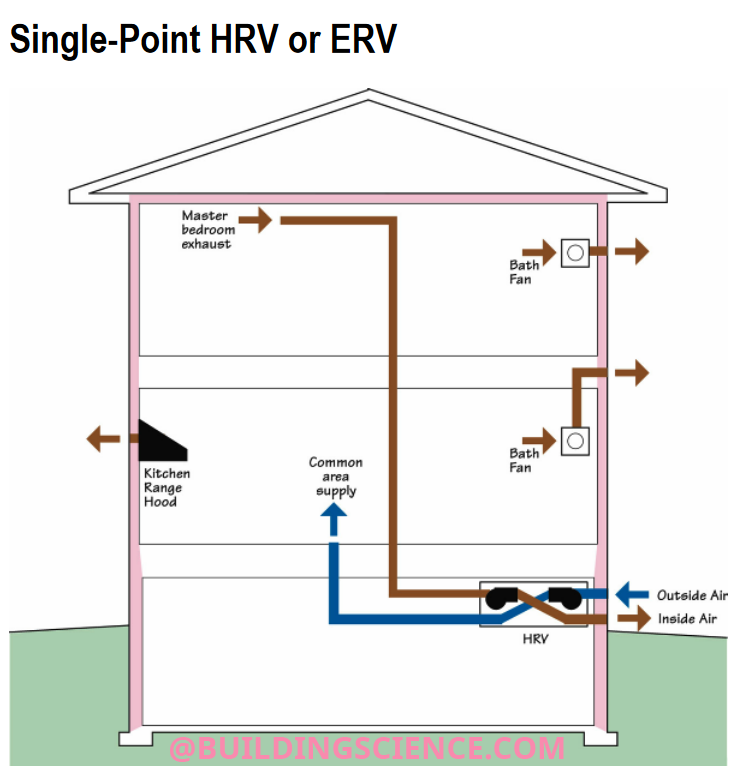
Diagram from https://buildingscience.com/sites/default/files/migrate/pdf/BSCInfo_611_Balanced_Ventilation_Systems.pdf
Modern airtight homes are more energy efficient, but they also trap indoor pollutants and humidity. An Energy Recovery Ventilator (ERV) brings in fresh air while conserving the energy used for heating and cooling, making it an ideal companion for thermal mass homes.
- With Radiant Floors: ERVs support stable indoor temperatures and help manage humidity, both of which are key to radiant system performance.
- With Mini Splits: Since ductless systems do not bring in fresh air, ERVs fill that gap while also easing the load on the mini split by preconditioning the air.
- With Fireplaces: In tightly sealed homes, ERVs help prevent negative pressure and reduce indoor smoke or particulates by providing continuous balanced ventilation.
- With Central HVAC: ERVs improve air quality in systems that recirculate air and reduce energy loss by tempering incoming air before it reaches the ducts.
Whether you are building in the Texas heat, a cold mountain climate, or anywhere in between, a well-chosen mechanical system can work in harmony with your mass walls to create a home that is both comfortable and efficient year-round.
Earth block homes have a natural advantage when it comes to energy efficiency, but only when the heating and cooling systems are selected and designed with thermal mass in mind. Systems that run quietly, gently, and continuously are almost always a better match than those that deliver short bursts of high-intensity heating or cooling.
If you are not sure what type of system is right for your project, it is a good idea to consult with an energy rater or HVAC professional who understands thermal mass performance. With the right setup, you will not only reduce your energy use but also enjoy the quiet, steady comfort that a well-designed CEB home can offer.
For further information on integrating thermal mass with energy efficient heating and cooling systems, consider visiting the U.S. Department of Energy's Building Technologies Office.
